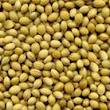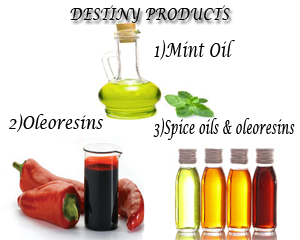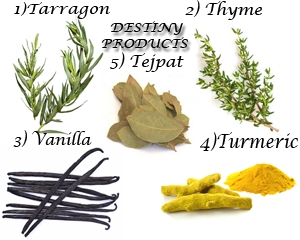
businessD. P. And Sons (India )
personMr. Tarun Garg
stay_current_portrait
View Mobile Number
homeNaya Bazar, Baghana
Neemuch - 458441
Madhya Pradesh
INDI, Neemuch, MADHYA PRADESH, 458441, India

businessD. P. And Sons (India )
personMr. Tarun Garg
stay_current_portrait
View Mobile Number
homeNaya Bazar, Baghana
Neemuch - 458441
Madhya Pradesh
INDI, Neemuch, MADHYA PRADESH, 458441, India

businessDestiny (India )
personMr. S Suzil
stay_current_portrait
View Mobile Number
home73, Nethaji Nagar,
Finger Post, , Ooty, TAMIL NADU, 643006, India

businessDestiny (India )
personMr. S Suzil
stay_current_portrait
View Mobile Number
home73, Nethaji Nagar,
Finger Post, , Ooty, TAMIL NADU, 643006, India

businessDestiny (India )
personMr. S Suzil
stay_current_portrait
View Mobile Number
home73, Nethaji Nagar,
Finger Post, , Ooty, TAMIL NADU, 643006, India

businessDestiny (India )
personMr. S Suzil
stay_current_portrait
View Mobile Number
home73, Nethaji Nagar,
Finger Post, , Ooty, TAMIL NADU, 643006, India

businessDestiny (India )
personMr. S Suzil
stay_current_portrait
View Mobile Number
home73, Nethaji Nagar,
Finger Post, , Ooty, TAMIL NADU, 643006, India

businessDestiny (India )
personMr. S Suzil
stay_current_portrait
View Mobile Number
home73, Nethaji Nagar,
Finger Post, , Ooty, TAMIL NADU, 643006, India

businessDestiny (India )
personMr. S Suzil
stay_current_portrait
View Mobile Number
home73, Nethaji Nagar,
Finger Post, , Ooty, TAMIL NADU, 643006, India

businessDestiny (India )
personMr. S Suzil
stay_current_portrait
View Mobile Number
home73, Nethaji Nagar,
Finger Post, , Ooty, TAMIL NADU, 643006, India